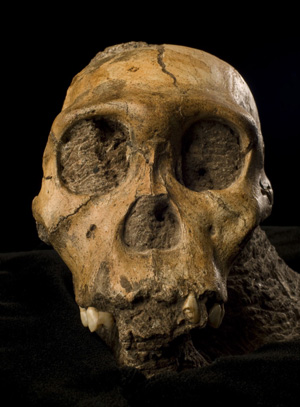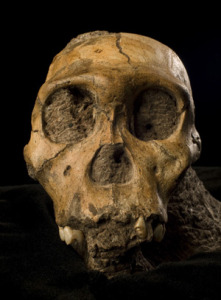After a treacherous journey through the caves at the Cradle of Humankind Heritage Site in South Africa, scientists and paleoanthropologists found fossil fragments of an ancestor to the human species. Lee Berger, an American paleoanthropologist, announced on September 10 after two years of analysis with fifty international experts, that the fossil fragments are what remain from the new species of human relative, now named Homo naledi (“many stars”). Berger is a researcher in human evolution at the University of Witwatersrand in Johannesburg (Williamsville students–this is the university that always pops up when you Google “WITS”!).
The scientists have stated that these fossils could be one of the first members of the genus Homo. There were at least fifteen individuals of these species within the fossil fragments, are placed in the same area of the cave, which might mean that these species practiced a ritual for their deceased. Berger remarked, “It’s enormously surprising to see a very primitive member of the genus, not very humanlike overall, to do something unique to humans. To see it in a small-brained hominid is completely surprising.”
The physical morphology of the hominid indicates that its brain was about the size of a baseball, and its fingers were long–suitable for swinging from trees. The primitive aspects of this species further supports the assertion that these species could be the first of the Homo genus. Berger claims that H. naledi “comes near or at the root of the genus Homo,” which circles back to about 2.5 million years ago. Berger and the team continues to excavate the caves for further analysis, with a quip: “This chamber has not given up all its secrets.”


